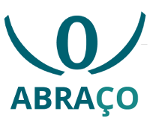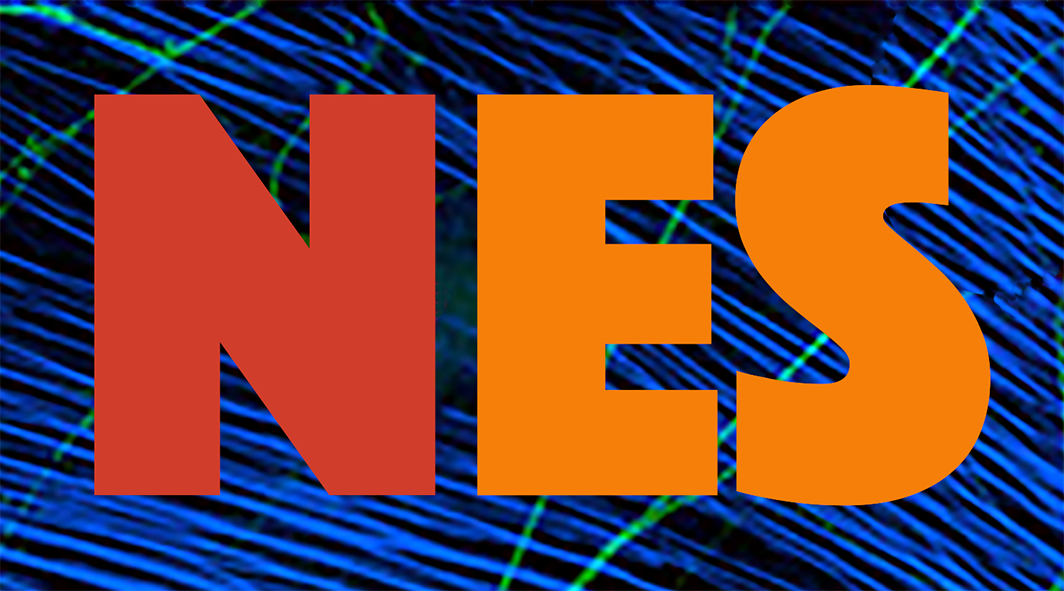
Retrieving a context tree from the spiking activity of a cortical microcircuit model
Jun 17, 2020
A conjecture in neurobiology that dates back to Helmholtz in the XIX century states that the brain can unconsciously identify statistical regularities in sequences of stimuli. Motivated by this claim, a NeuroMat group led by Antonio Galves and Claudia Vargas, with the participation of Aline Duarte, Ricardo Fraiman and Guilherme Ost, have successfully applied mathematical techniques to retrieve from EEG measurements in people the structure of stochastic chains with memory of variable length (called context trees) that generate auditory input stimuli (Duarte et al., 2019). The brains of the experiment subjects had ongoing spiking activity patterns (arguably somehow related to the EEG signals) that were perturbed by the input stimuli in a way that allowed the mathematical retrieval tools to work satisfactorily.
Thus, from a theoretical point of view the following question can be posed: is the brain machinery, with all its intricate web of molecular and cellular processes, necessary for the efficient retrieval of context trees? Or simpler, brain-inspired networks of spiking elements can also encode in their spiking activity a signature of the context tree that can be identified by the same mathematical tools?
If the brain is not the minimal physical system that can do such encoding, then, in principle, one could test different brain-like spiking networks and grade them in terms of how well they allow the context tree retrieval. This would lead to the construction of a ladder or hierarchy of spiking networks, from the ones that allow only very poor retrieval at the bottom to the ones that would allow a retrieval efficiency close to the one achieved with Human subjects at the top.
What type of characteristics would place the spiking networks at different places along this ladder? Structural (topological) network characteristics? Single cell characteristics? Characteristics related to the particular type of synaptic plasticity used? To seek answers to these questions, a systematic study is being conducted by a NeuroMat team led by Antonio Roque in collaboration with Nilton Kamiji, Noslen Hernandez and Aline Duarte. The goal is to test different cortical network models of spiking neurons in computer simulations that emulate the experimental protocol introduced by Duarte et al. (2019). The time-varying activity of these networks (or of parts of them) in response to sequences of input stimuli generated by context trees will be analysed by the mathematical tools used in Duarte et al. (2019) with the ai of retrieving the context tree.
As a first step of this study, Kamiji, Hernandez, Duarte and Roque have chosen the minimal layered cortical network model of Potjans and Diesmann (2014) to be tested. The main reason for this choice is that the model of Potjans and Diesmann (PD model) is a good candidate for having the minimal level of complexity necessary for testing the above questions.
The graph of interactions of the PD model represents well the layer and cell-type specific connectivity of a cortical column under a surface area of one square millimeter, and the model generates a layer-specific distribution of firing rates in good agreement with experimental observations.
Kamiji, Hernandez, Duarte and Roque are currently doing "in-silico" simulations of the stimulation protocol of Duarte et al. (2019) in the PD model to collect data that will be further analysed in a test to retrieve the context tree.
References:
- Duarte, A., Fraiman, R., Galves, A., Ost, G., and Vargas, A. D. (2019) Retrieving a context tree from EEG data. Mathematics, 7:427; doi: 10.3390/math7050427.
- Potjans, T. C., and Diesmann, M. (2014) The cell-type specific cortical microcircuit: relating structure and activity in a full-scale spiking network model. Cerebral Cortex, 24:785-806. https://doi.org/10.1093/cercor/bhs358.
| NeuroCineMat |
|---|
|
Featuring this week: |
| Newsletter |
|---|
|
Stay informed on our latest news! |
| Follow Us on Facebook |
|---|




